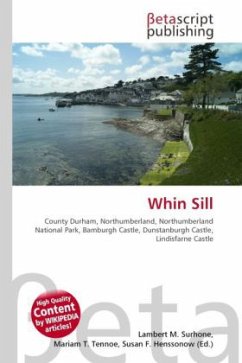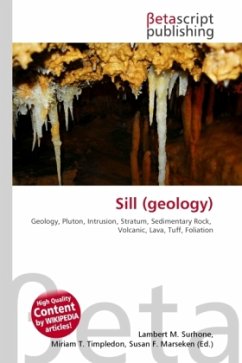High Quality Content by WIKIPEDIA articles! High Quality Content by WIKIPEDIA articles! The Whin Sill is a tabular layer of igneous rock, or sill, in County Durham and Northumberland, in the northeast of England. It lies partly in the North Pennines Area of Outstanding Natural Beauty and partly in Northumberland National Park. It is said that the best place to see the Whin Sill is High Force, but good views are also available around Housesteads, the site of a Roman auxiliary fort. Formed of dolerite (a basaltic rock) 295 million years ago (MYA), the Whin Sill is part of a sheet of rock stretching from Teesdale, home of various waterfalls, along a northerly line to Berwick, home of the Farne Islands. Bamburgh Castle, Dunstanburgh Castle, Lindisfarne Castle and stretches of Hadrian's Wall all strategically take advantage of high, rocky cliff lines formed by the sill.
Bitte wählen Sie Ihr Anliegen aus.
Rechnungen
Retourenschein anfordern
Bestellstatus
Storno








